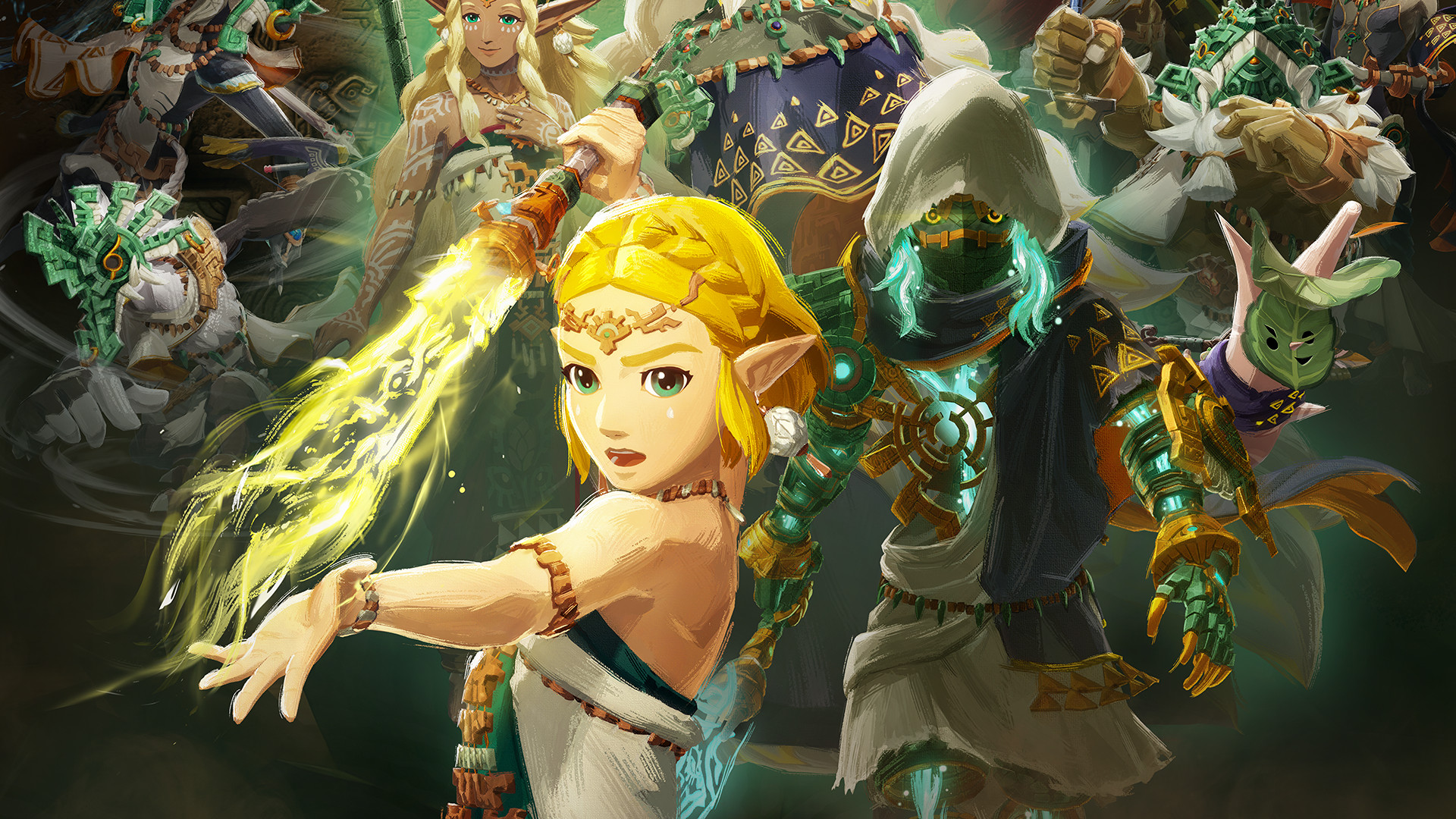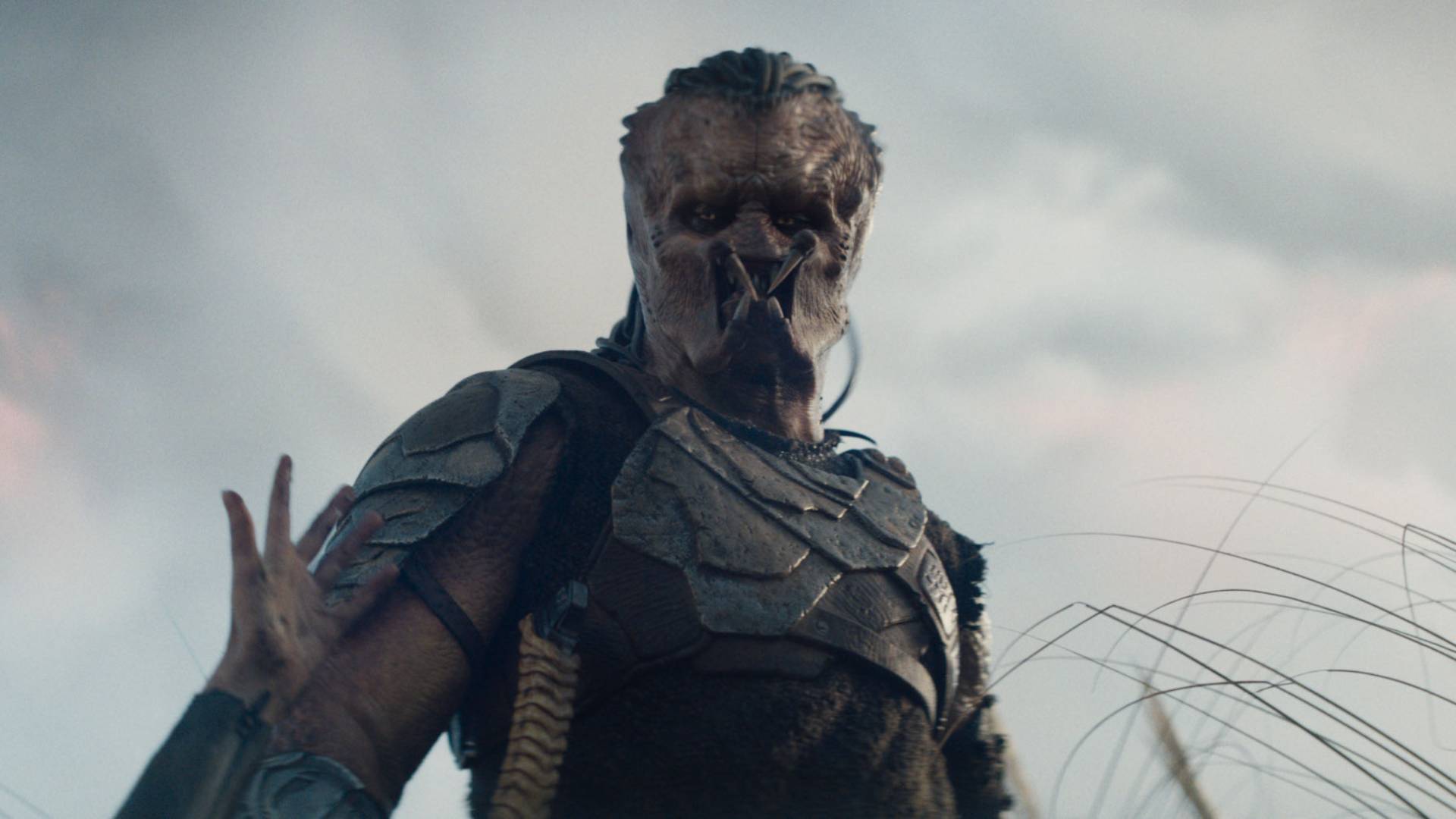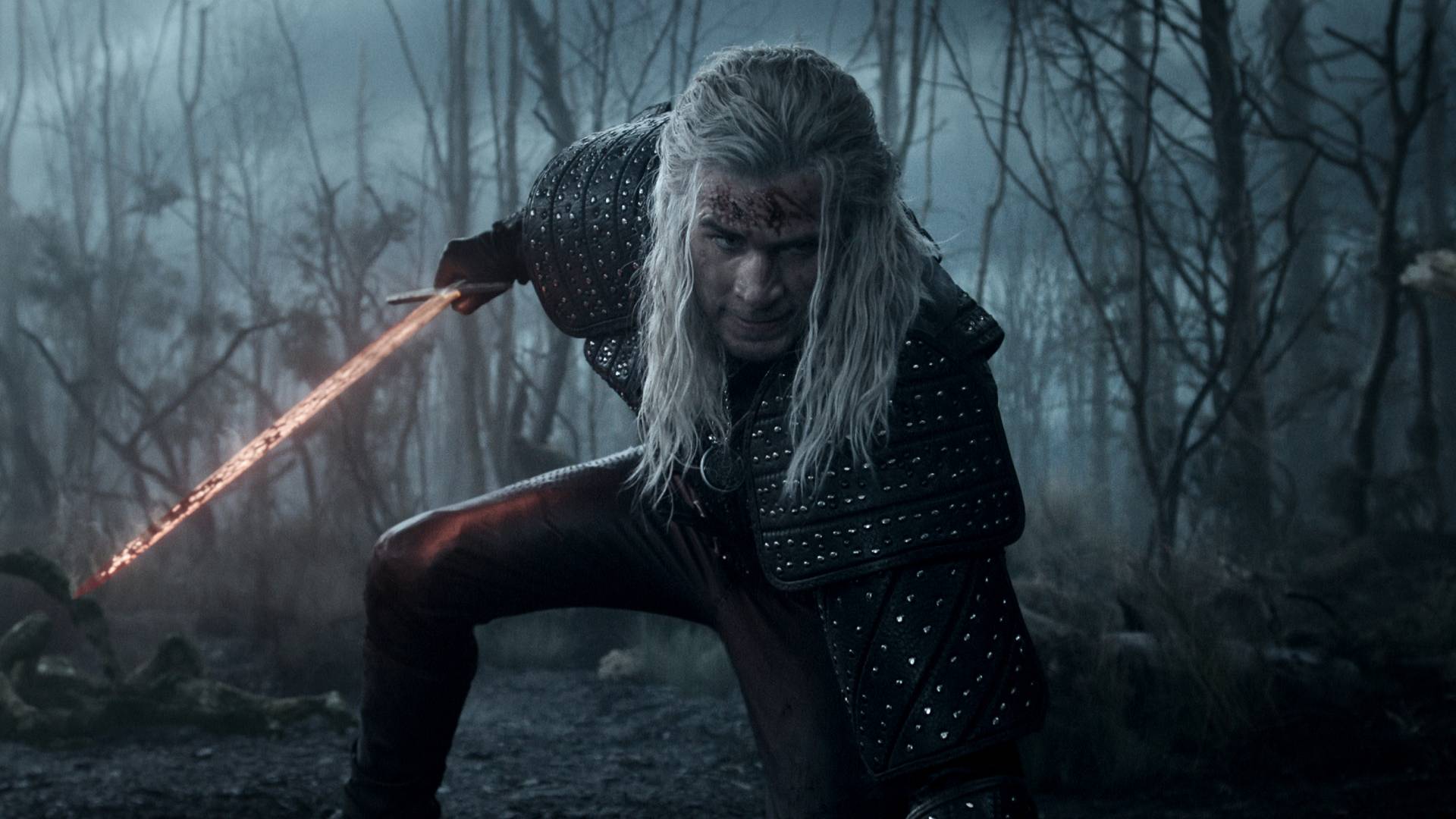Lara Croft: Most real hero of current-gen
How Tomb Raider's bloody brutality tells her story better than any cutscene could
While Tomb Raider’s combat model borrows Uncharted’s seat-of-the-pants chaos, it plays it straight for real drama rather than comedy. And where Nathan Drake’s knockabout, surviving-by-the-skin-of-his-teeth fighting style is often a smoke and mirrors effect embellished by Nolan North’s various yelps and stumbling mocap actions, in Tomb Raider the closeness of well-organised death is a constant, very real threat.
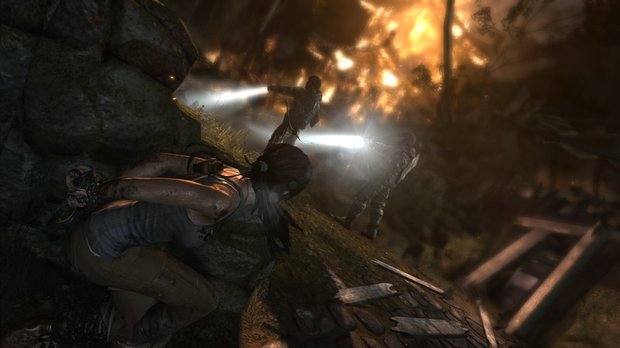
With enemy AI and strength balanced to make sustained open combat little more than a deferred-responsibility suicide attempt, the player is always on the back foot. They always have to plan ahead, scouring every inch of their surroundings for every possible tactical and environmental advantage they can scrape together. They’ll find themselves forced to constantly adapt their approach to survive the changing shape of even the smallest battlefield, using every scrabbling position change and cheap, dirt-throwing trick they can muster. They’ll be on a constant knife-edge between surviving the moment and planning for the next second ahead. In short, they’ll be thinking and operating exactly as Lara would have to where she really in the situation depicted.
And the best part of Tomb Raider’s combat design? No matter how much stronger Lara becomes, no matter how far her weapon set expands, and no matter how handy she becomes at embedding a pick-axe in that awkward-to-reach spot between a man’s tibia and kneecap, fighting never becomes an empowering experience. In fact it only ever becomes more challenging. As the threat level increases alongside Lara’s toolbox, both she and the player end up with far more to think about and far more to manage.
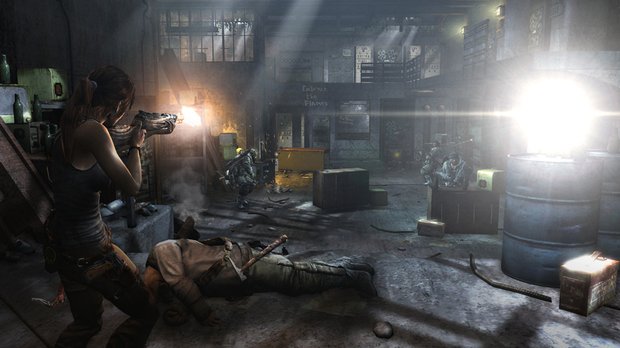
It helps that firearms are rarely a comfortable thing to use in Tomb Raider. They’re all loud, scary, tactile objects whose heft almost feels unwieldy when brandished by Lara’s slight frame. Particularly in contrast to the quiet nimbleness of the bow, it’s always apparent first-hand how large and dangerous these death-machines are, making the knowledge that the enemy has them too a damnably intimidating thing. Doubly so given that gunplay is usually a close-to-medium range affair. The bow allows distant, clinical execution, but if you’re pulling a trigger, you’re either right in the middle of a very dangerous situation or you’re about to be. There’s a serious sense of threat and responsibility in Tomb Raider’s weapon and combat design that few action games even attempt.
And it’s not just about the core combat experience, but also the framework through which that’s shaped and sculpted. Although all fights in Tomb Raider are powerful character defining experiences, certain battles and set-pieces stand out as major landmark events. The assault on the base camp below the disused radio mast is probably the first really important one.
Weekly digests, tales from the communities you love, and more

